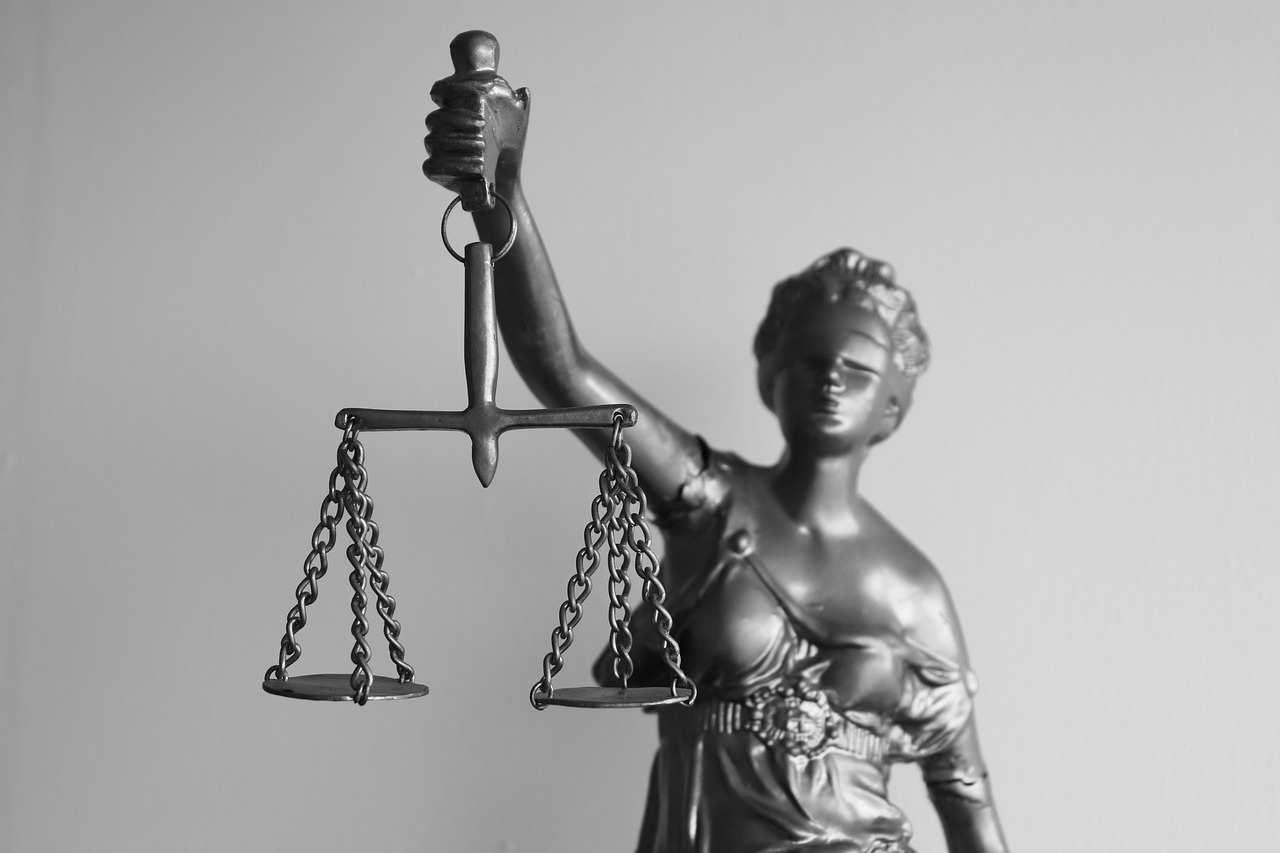Navigating Character Evidence: Demystifying Rule 404 of the Federal Rules of Evidence
In the hallowed halls of the legal system, evidence serves as the bedrock upon which justice is built. Among the intricate web of rules that govern this foundation, Rule 404 of the Federal Rules of Evidence stands as a sentinel guarding the entrance to a complex realm: the admissibility of character evidence. Join us on a journey of illumination as we decipher the intricacies of Texas 404 evidence, unravel its provisions, explore its exceptions, and gain a deeper understanding of its pivotal role in the pursuit of truth and fairness within the legal landscape.
Character Evidence Unveiled
Before we delve into the heart of Rule 404, it’s imperative to grasp the essence of character evidence. Discover the nuances of character evidence, its types, and the profound impact it can wield in shaping legal narratives and influencing outcomes. Character evidence is defined as any testimony, writing, or object that speaks to the disposition of a person. It can be direct or circumstantial in nature and is often used to infer facts about someone during a legal proceeding. Such evidence can include statements from witnesses, writings, or diaries attributed to the defendant, and even physical objects that may shed light on a person’s character.
A Map for Navigating Character Evidence
Rule 404 serves as both a guide and gatekeeper, determining when and how character evidence can be introduced in legal proceedings. Embark on a comprehensive exploration of the rule’s provisions, from its general prohibition to the carefully carved exceptions that allow for its introduction.
Character Evidence in Civil and Criminal Contexts
Rule 404 casts its shadow across both civil and criminal proceedings, but its application takes on distinct forms in each context. Examine how character evidence operates within civil and criminal cases, highlighting the nuances that differentiate these spheres. Attorneys wield character evidence as a strategic tool, employing it to shape perceptions and bolster arguments. Peer into the strategic considerations that attorneys must navigate when deciding to introduce or challenge character evidence.
Balancing Relevance and Prejudice
The central tension within Rule 404 lies in the balance between the relevance of character evidence and the potential for undue prejudice. Delve into the delicate scale on which courts weigh the probative value of character evidence against its potential to sway juries unfairly. Rule 404(b) unveils a labyrinth of complexities, permitting the introduction of character evidence to prove other purposes. Traverse through the exceptions under this rule, uncovering scenarios where evidence of prior acts can find its place within the legal narrative.
The Responsible Use of Character Evidence
Rule 404 not only dictates admissibility but also raises ethical considerations. Delve into the ethical dimensions surrounding the use of character evidence, shedding light on the fine line attorneys must tread to ensure fairness and justice. Navigating the vicissitudes of character evidence can be a daunting task. With an understanding of the provisions and exceptions under Rule 404, attorneys can demystify this complex topic, illuminating its nuances and ensuring their clients are fairly represented in all legal proceedings.
In Conclusion
In the intricate dance of evidence and law, Rule 404 serves as both compass and compass bearer. As we emerge from this exploration of character evidence and its abode within Rule 404, we find ourselves armed with a deeper appreciation for its significance, a clearer understanding of its boundaries, and a renewed commitment to upholding justice and fairness within the corridors of the legal system.…


